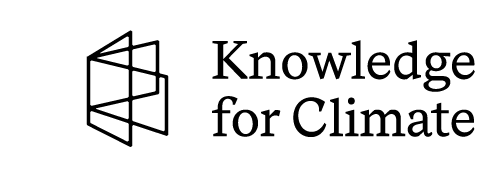Target group
Undergraduate students (MSc level), graduate students, early career professionals
Learning objectives
- To outline the general topographical, climatic, geomorphological and social contexts of Nepal
- To understand the complicated topography and geomorphology of the Seti River basin
- To be familiar with hydro-meteorological records and trends
- To understand the different perceptions on risks associated with the disasters induced by climate
change and other socio-cultural practices - To identify the importance of Joint Knowledge Production (JKP) through multidisciplinary
perspectives on hazards and risks
Seti River watershed lies in Kaski district in Gandaki Province of Nepal with a catchment area of 329 sq. km. It extends between 28°32ʹ00ʺ N to 28°17ʹ48ʺ N latitude and 83°55ʹ27ʺ E to 84°03ʹ00ʺ E longitude. Seti River is a snow-fed perennial river originating from the southern flank of Annapurna Himalaya Range. Its altitude ranges from 4,660 m to 1,040 m. Bhalaudi Khola1, Mangale Khola, Dipran Khola, Sardi Khola, Bhurjung Khola, Lasti Khola, and Mardi Khola are the main tributaries of the Seti River. Besides, numerous small streams feed these rivers. The climatic conditions of the central part of the basin range from sub-tropical to cool temperate, whereas climatic variations in the northern part range from temperate to alpine.
The 2012 Seti Flash Flood disaster has strong involvement from the deep Seti River gorge and the high, steep peaks of the Annapurna Range: these are erosional features developed in the rocks of the Tethys Himalaya and Higher Himalaya. The disaster also involved sediment derived from the Quaternary age Annapurna formation. The disaster relates very strongly to the geology of the Sabche Cirque as well as to both ancient and extant glaciers and glacial processes.
Questions
1) Discuss the climatic and geomorphological conditions of Nepal
2) What would be the options for early warning systems?
3) Discuss some possible hydrological modelling for flood forecasting
4) What are the challenges of relocating vulnerable settlements?
5) Discuss the importance of Joint Knowledge Production (JKP) for the studies of climate change and disasters
In this perspective, students will learn about the natural science of the case study Nepal. This pespective focuses on three aspects: 1) hazards and physical processes, and 2) adaptation options.
Learning objectives
- To understand the physical process of the 2012 Seti flash flood event
- To understand the complex topography and geomorphology of the site
- To be familiar with hydro-meteorological records around the site
- To have an understanding about past geological events and different hypotheses on the 2012 Seti flash flood event
- To analyze the potentiality of such evets and suggest some effective mitigation strategies for the future
In this perspective, students will gain an insight into the risk perceptions of the local population of Nepal and its importance for adaptation to climate change. The perspective follows an anthropological approach, using theoretical concepts and methodologies of the qualitative social sciences.
Learning objectives
- To learn the ethnographic approach and its importance in social research
- To understand the local ontology towards natural hazards
- To familiarize the students about the socio-political and economic dimensions of risks
In this perspective, students will learn to implement the methodology known as Responsability Mapping in the case study of Nepal.
Learning objectives
- Understand what is the Responsability Mapping methodology
- Implement the methodology in the case study of Nepal
